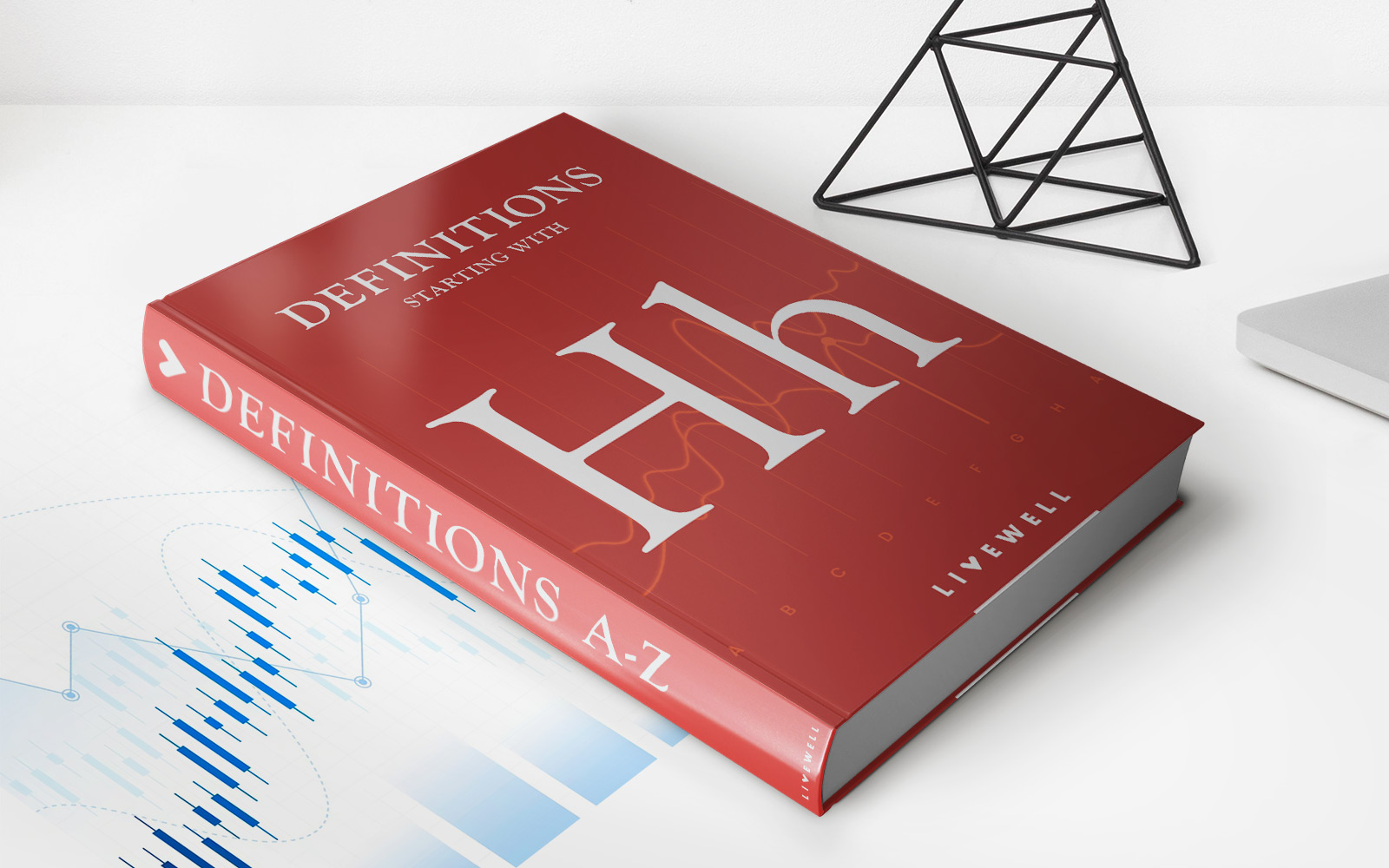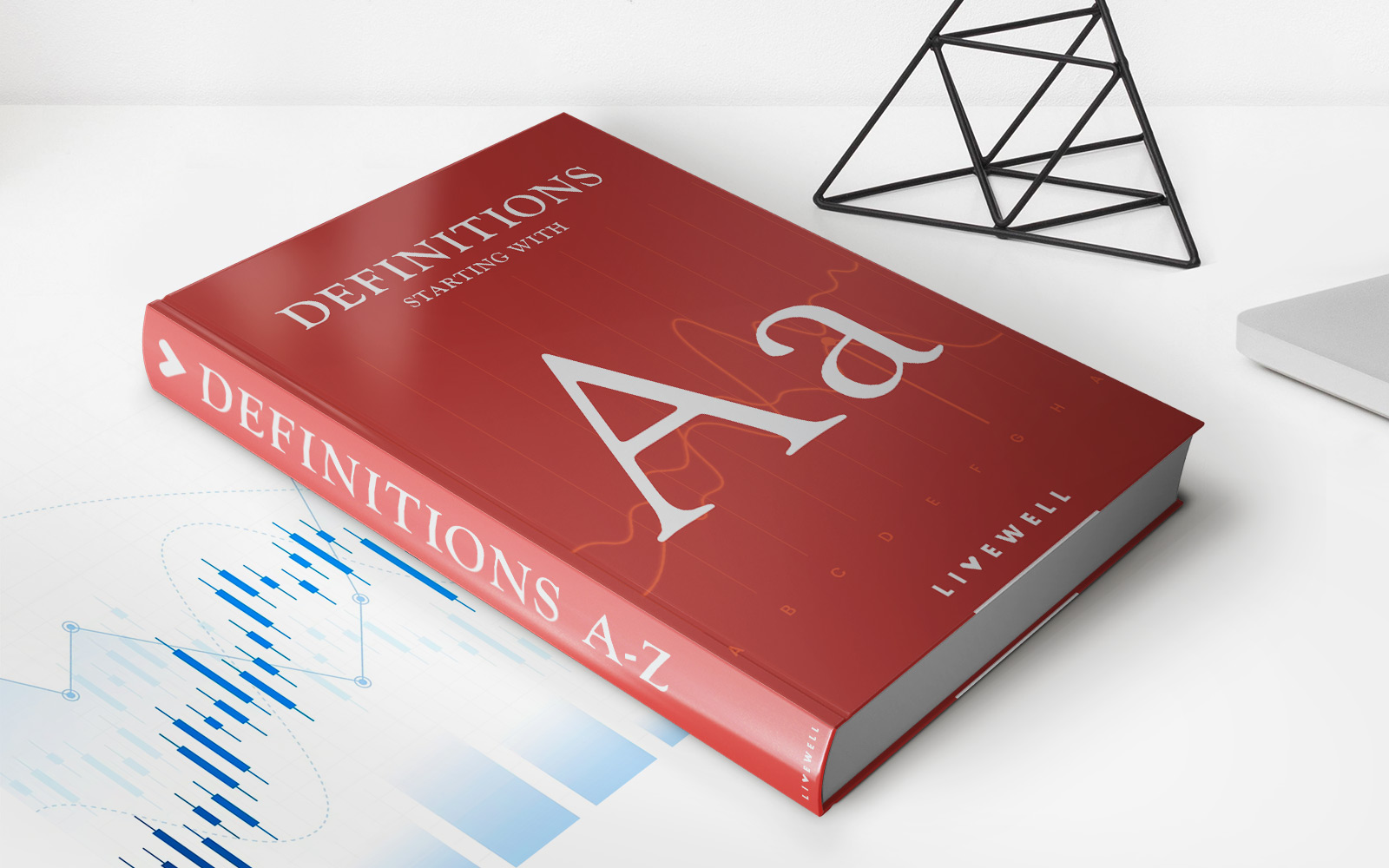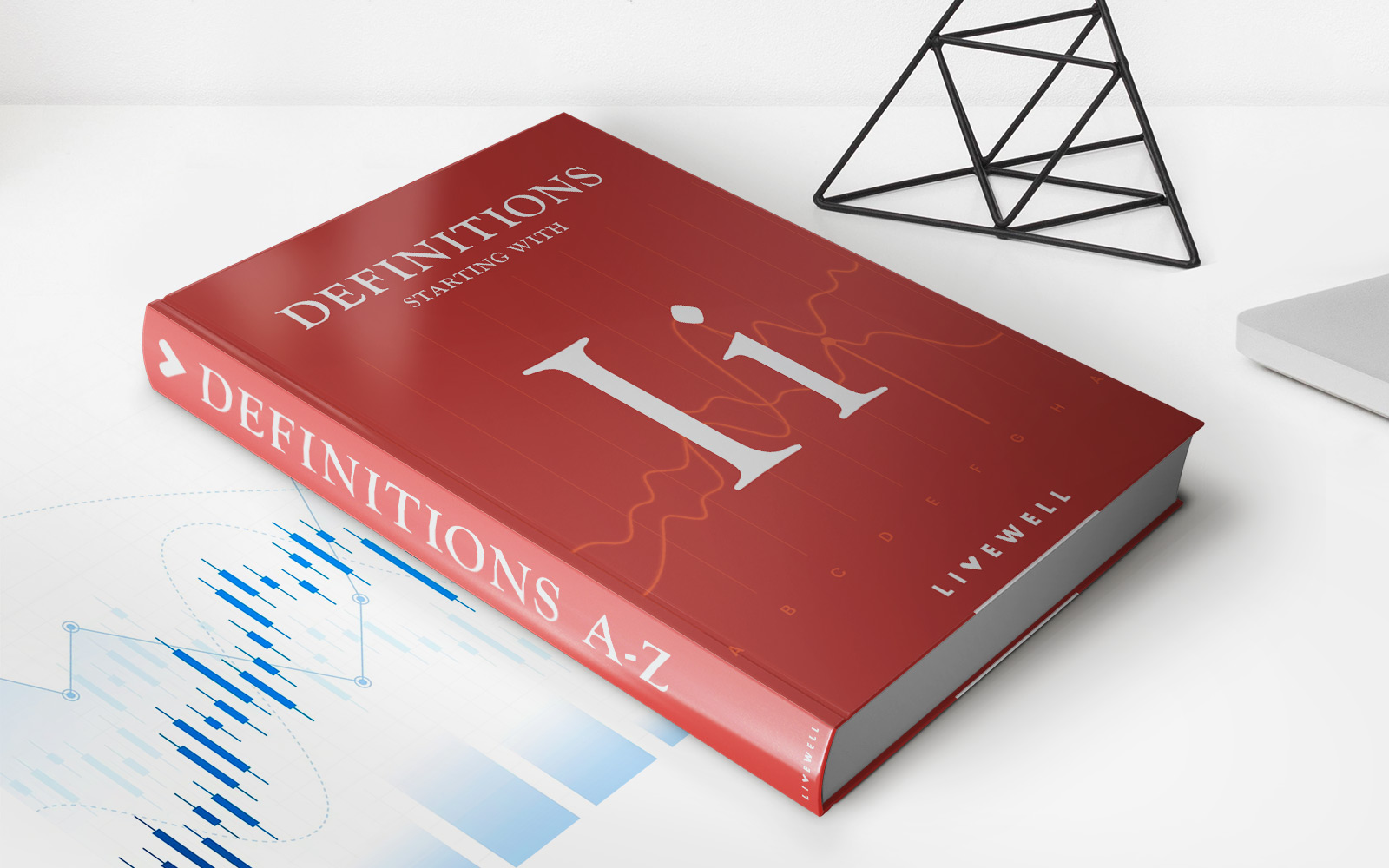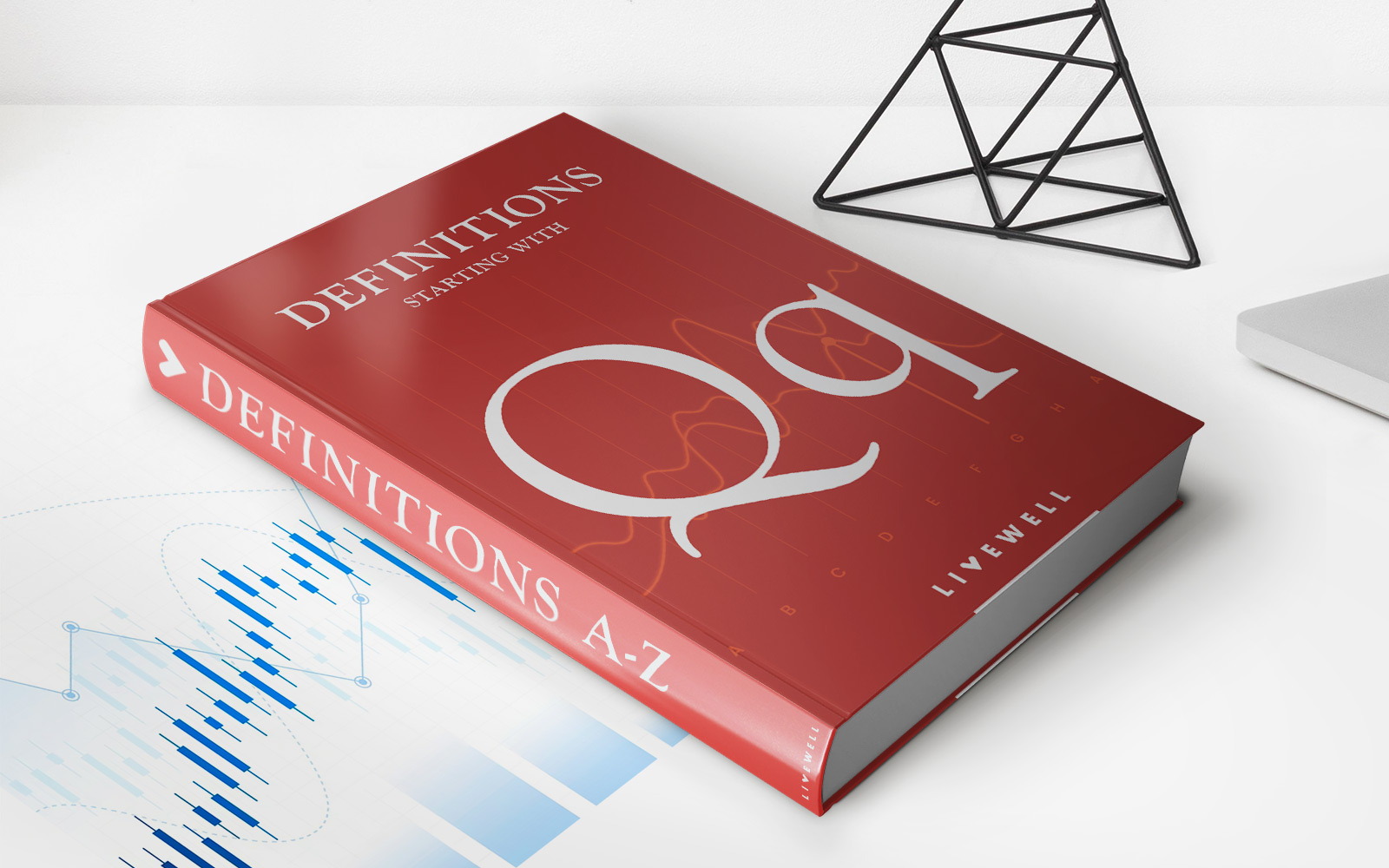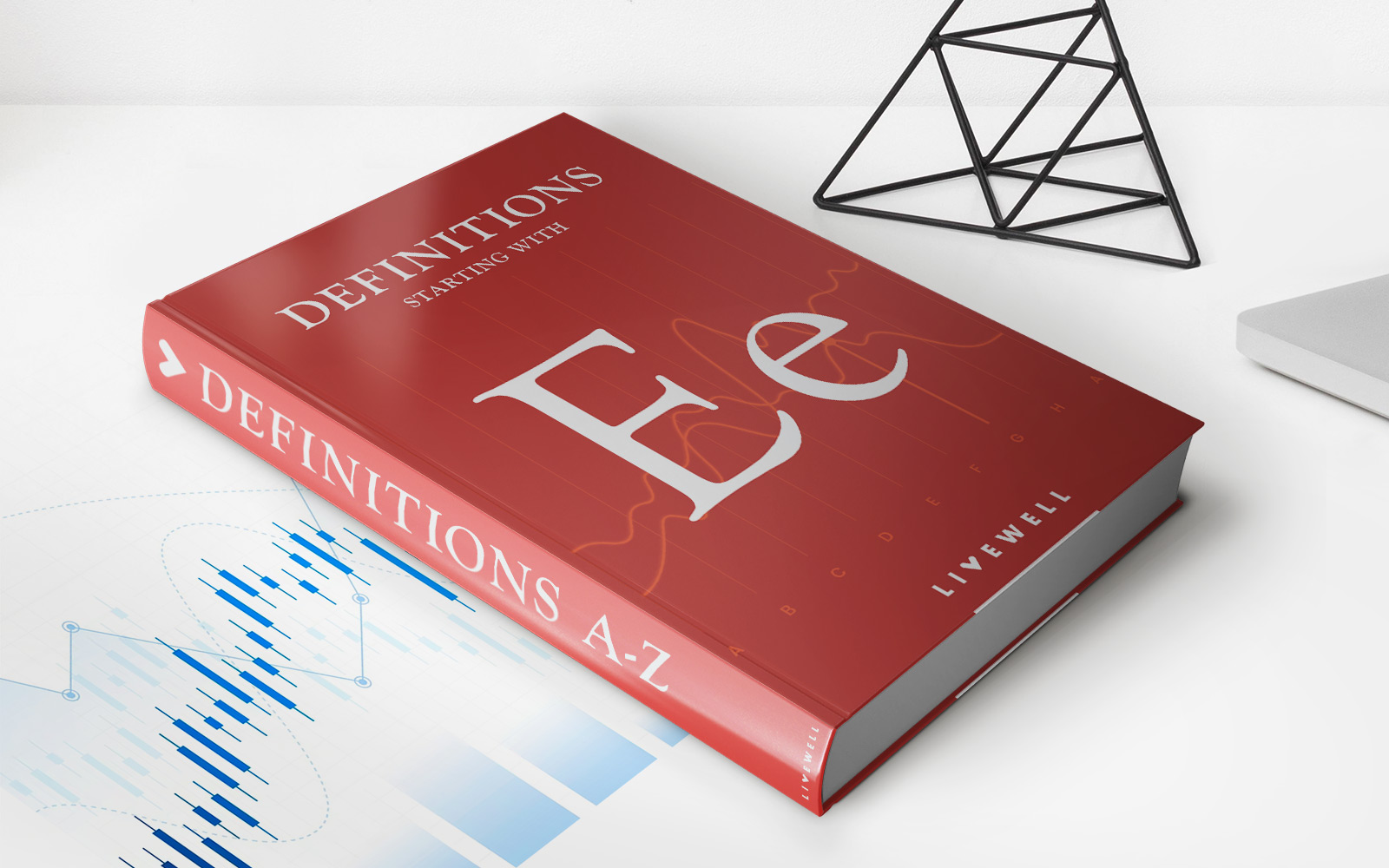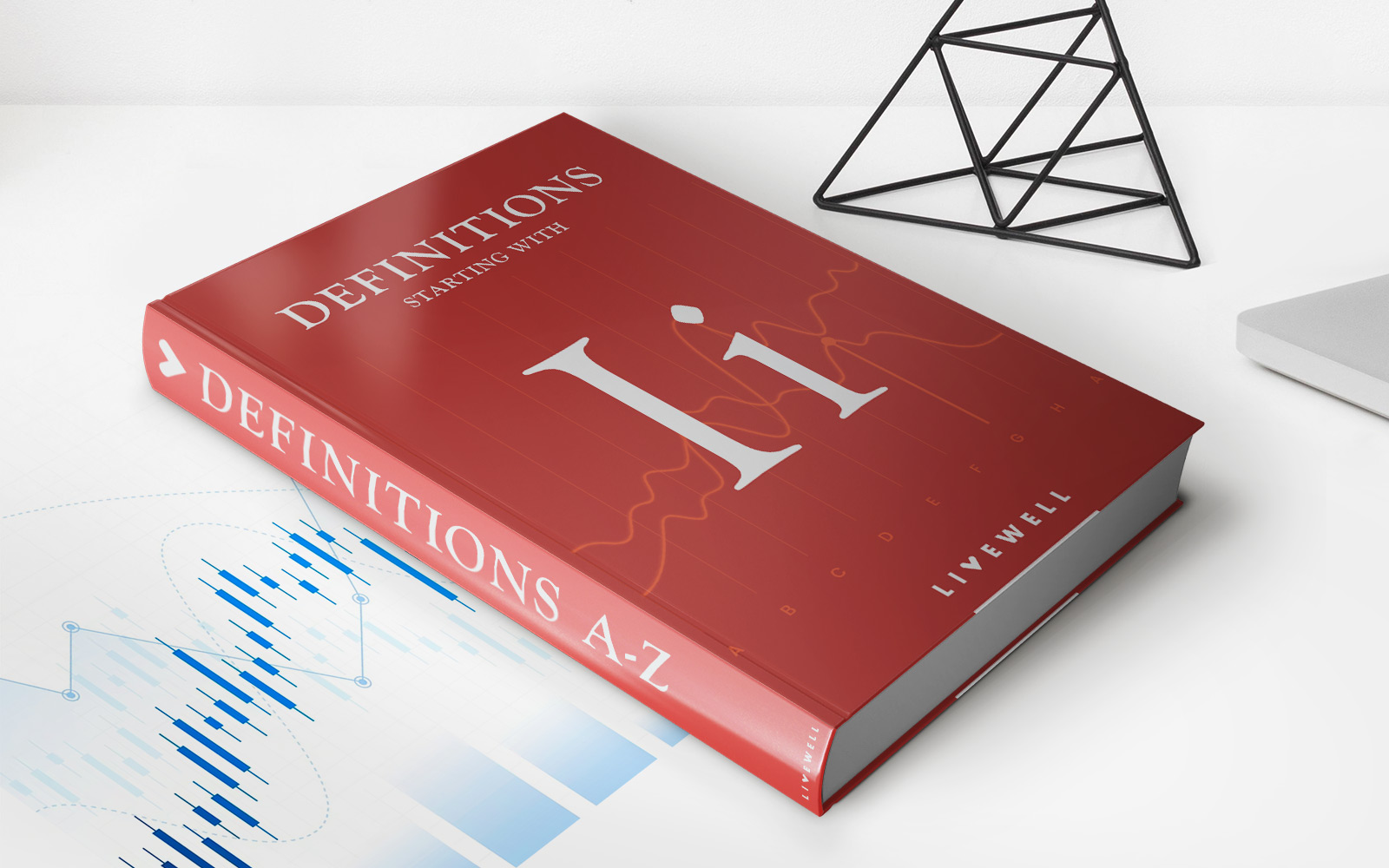

Finance
Who Qualifies For Credit For The Elderly
Published: January 8, 2024
Explore if you qualify for credit for the elderly and enhance your personal finances. Discover financial opportunities available to senior citizens.
(Many of the links in this article redirect to a specific reviewed product. Your purchase of these products through affiliate links helps to generate commission for LiveWell, at no extra cost. Learn more)
Table of Contents
Introduction
As individuals age and retire, they often face new financial challenges and uncertainties. In recognition of this, the Internal Revenue Service (IRS) offers a tax credit known as the Credit for the Elderly or Disabled. This credit is designed to provide some relief to elderly individuals who are on a limited income. It is important to understand the eligibility criteria for this credit in order to determine if you or a loved one qualifies.
The Credit for the Elderly or Disabled is a non-refundable tax credit that can help reduce an individual’s tax liability. It is available to those who meet specific age requirements, have a limited income, and meet other qualifying factors. By taking advantage of this credit, eligible individuals can potentially lower their tax burden and have more financial resources available.
It’s important to note that the eligibility criteria for this credit can change from year to year, so it’s crucial to stay up-to-date with the current regulations. Additionally, it’s advisable to consult with a tax professional or use tax software to ensure accurate completion of the necessary forms and documentation.
In the following sections, we’ll delve into the specific eligibility criteria for the Credit for the Elderly or Disabled, including the age requirement, income limits, retirement status, tax filing status, credit amount, application process, and documentation required. By understanding these factors, you can determine if you or a loved one qualifies for this valuable tax credit.
Eligibility Criteria
The Credit for the Elderly or Disabled has specific requirements that individuals must meet in order to qualify for the credit. These criteria include age, income, retirement status, and tax filing status.
Age Requirement: To be eligible for the credit, individuals must meet the age requirement set by the IRS. Currently, the minimum age to qualify is 65 years old. However, there are exceptions for individuals who are under 65 but retired on permanent and total disability.
Income Limits: The credit is designed to provide assistance to elderly individuals with limited income. Therefore, there are income limits that must be met in order to qualify. These limits are subject to change each year, so it’s important to consult the IRS guidelines for the specific tax year in question. Generally, the income limits take into account both taxable and nontaxable income, such as Social Security benefits and certain retirement distributions.
Retirement Status: Individuals must be retired in order to be eligible for the credit. This means that they must have permanently left the workforce and no longer receive income from employment. Retired individuals who receive income from sources such as pensions, annuities, or Social Security may still qualify for the credit, as long as the income meets the specified criteria.
Tax Filing Status: The tax filing status of the individual also plays a role in determining eligibility for the credit. To qualify, individuals must file as either Single, Head of Household, Qualifying Widow(er) with Dependent Child, or Married Filing Jointly. It’s important to correctly determine the appropriate filing status, as this can affect the amount of the credit that an individual may receive.
By meeting the eligibility criteria for the Credit for the Elderly or Disabled, individuals can potentially benefit from a reduction in their tax liability. It’s crucial to review the specific requirements for each tax year, as they may vary. Ensuring eligibility and accurately completing the necessary forms and documentation can help individuals maximize the benefits of this valuable tax credit.
Age Requirement
The age requirement is a crucial factor in determining eligibility for the Credit for the Elderly or Disabled. Currently, the minimum age to qualify for the credit is 65 years old. However, there are exceptions for individuals who are under 65 but retired on permanent and total disability.
For individuals aged 65 or older, meeting the age requirement is straightforward. If you have reached this milestone, you automatically meet the age requirement for the credit. This applies regardless of your retirement status or income level.
However, the IRS provides an exception for individuals who are under 65 but permanently and totally disabled. To qualify under this exception, you must meet specific criteria set by the IRS. You must have retired on permanent and total disability and receive disability income.
It’s important to note that the IRS defines permanent and total disability as the inability to engage in any substantial gainful activity due to a physical or mental impairment. The impairment must have lasted, or be expected to last, for a continuous period of 12 months or result in death.
To prove your eligibility for the credit as a disabled individual under the age of 65, you may need to provide documentation, such as medical records or a disability determination letter from a qualified healthcare professional. This evidence serves to demonstrate that you meet the criteria for permanent and total disability as defined by the IRS.
It’s also worth mentioning that the age requirement is subject to change, as the IRS may adjust it over time. Therefore, it’s important to check the most recent guidelines to ensure you are aware of the current age requirement for the Credit for the Elderly or Disabled.
By meeting the age requirement, whether through reaching 65 or meeting the criteria for permanent and total disability, you can qualify for the credit and potentially reduce your tax liability. Understanding this age requirement and providing the necessary documentation can help you maximize the benefits of this valuable credit.
Income Limits
Income limits play a significant role in determining eligibility for the Credit for the Elderly or Disabled. These limits are established by the IRS and are subject to change each tax year. The income limits take into account both taxable and nontaxable income, such as Social Security benefits and certain retirement distributions.
The specific income limits for the credit vary depending on your filing status. The IRS provides different thresholds for Single filers, Head of Household filers, Qualifying Widow(er) with Dependent Child filers, and Married Filing Jointly filers.
It’s advisable to consult the IRS guidelines for the particular tax year in question to determine the exact income limits. These guidelines provide detailed information based on filing status and can help you determine if you meet the income requirements for the credit.
It’s important to note that some portions of your income may not be included in the calculation of your eligibility for the credit. For example, the IRS excludes certain nontaxable benefits, such as Supplemental Security Income (SSI), from the income calculation.
Additionally, it’s crucial to understand that exceeding the income limits for the credit does not necessarily disqualify you from receiving other tax benefits or deductions. You may still be eligible for other tax breaks, even if you do not meet the income requirements for the Credit for the Elderly or Disabled.
It is imperative to accurately assess your income and stay within the prescribed limits to ensure eligibility for the credit. Utilizing tax software or consulting with a tax professional can help you calculate and determine your income eligibility for the credit.
By meeting the income limits for the Credit for the Elderly or Disabled, you can potentially reduce your tax liability and benefit from this valuable tax credit. It’s essential to stay informed about the current income limits and accurately calculate your income to ensure eligibility for this credit.
Retirement Status
One of the key factors in determining eligibility for the Credit for the Elderly or Disabled is your retirement status. To qualify for the credit, individuals must be retired, meaning they have permanently left the workforce and no longer receive income from employment.
Retirement can take different forms for different individuals. Some retire early, while others retire at the traditional age of 65 or later. Regardless of the age at which you retire, what matters is that you have officially left the workforce and are no longer earning income through employment.
Even if you are retired, you may still receive income from other sources, such as pensions, annuities, or Social Security. It’s important to note that receiving income from these sources does not disqualify you from the credit. In fact, such income is often a key component in determining your eligibility for the credit.
For the purpose of the credit, retirement is not limited to a specific age range or predetermined retirement plans. It encompasses any situation in which an individual has permanently ceased working and is no longer receiving wages or salary as a result of employment.
It’s important to accurately assess your retirement status when determining your eligibility for the credit. If you are unsure about your retirement status or how it may impact your eligibility, it’s advisable to consult with a tax professional who can provide guidance based on your individual circumstances.
By meeting the retirement status qualification, you can potentially benefit from the Credit for the Elderly or Disabled and reduce your tax liability. Understanding your retirement status and accurately documenting your retirement can help ensure eligibility for this valuable tax credit.
Tax Filing Status
When determining eligibility for the Credit for the Elderly or Disabled, your tax filing status plays a role in whether you qualify for the credit. The IRS recognizes several filing statuses, and it’s important to understand which one applies to you in order to determine your eligibility for the credit.
The tax filing statuses that are eligible for the credit are as follows:
- Single Filing Status: This status applies to individuals who are not married, divorced, or legally separated.
- Head of Household Filing Status: This status is for unmarried individuals who provide a home for a qualifying child or dependent.
- Qualifying Widow(er) with Dependent Child Filing Status: This status is available to individuals who have lost their spouse within the last two years and have a dependent child.
- Married Filing Jointly Filing Status: This status applies to married couples who choose to file a joint tax return.
If you file your taxes under any of these statuses, you may be eligible for the Credit for the Elderly or Disabled, depending on other qualifying factors such as age and income.
It’s important to note that individuals who file as Married Filing Separately are generally not eligible for the credit. However, there may be exceptions if you did not live with your spouse at any time during the tax year.
Additionally, the IRS provides guidelines on determining your filing status if you are unsure which category you belong to. By accurately selecting the appropriate filing status, you can ensure that you are eligible for any tax benefits, including the Credit for the Elderly or Disabled, that pertain to your status.
It’s advisable to consult the IRS guidelines and, if necessary, seek the assistance of a tax professional to help you determine your correct filing status. Accurately establishing your tax filing status is crucial in order to determine your eligibility for the credit and to maximize your tax benefits.
Credit Amount
The Credit for the Elderly or Disabled calculates the credit amount based on a percentage of your qualified expenses. The specific percentage used to calculate the credit can vary each tax year based on inflation adjustments by the IRS.
The credit is determined by a complex calculation that takes into account your modified adjusted gross income (MAGI) and your nontaxable Social Security benefits. The IRS provides worksheets and guidelines to assist individuals in accurately calculating their credit amount.
It’s important to note that the credit is non-refundable, meaning it can only reduce your tax liability to zero. If your tax liability is already zero, you won’t receive a refund for any excess credit amount.
The maximum credit amount is also subject to limitation based on your tax liability and the amount of your nonrefundable tax credits. It’s essential to carefully review the IRS guidelines to determine the maximum credit amount you may qualify for.
If you are eligible for the Credit for the Elderly or Disabled, the credit can be a valuable tool to help reduce your tax burden and potentially increase your refund or decrease the amount you owe. By accurately calculating your credit amount based on the eligible expenses, you can ensure that you are receiving the maximum benefit.
It’s worth noting that the credit amount may differ for individuals who qualify based on age and those who qualify based on permanent and total disability. The IRS provides separate guidelines and calculations for each subset of eligibility criteria.
Consulting with a tax professional or utilizing tax software can be beneficial in accurately calculating the credit amount and ensuring that you are maximizing your tax benefits. By understanding the factors that contribute to the credit amount, you can effectively utilize the Credit for the Elderly or Disabled to improve your overall tax situation.
Application Process
The application process for the Credit for the Elderly or Disabled involves accurately completing the necessary forms and including the required documentation to support your eligibility. Here are the steps to follow when applying for the credit:
- Start by gathering your financial and personal information, such as your Social Security number, income statements, and documents related to your retirement and disability status. Having these documents on hand will help streamline the application process.
- Ensure that you meet the eligibility criteria for the credit, including age requirements, income limits, retirement status, and tax filing status. Review the current guidelines provided by the IRS to determine your eligibility.
- Obtain the appropriate forms to apply for the credit. The main form used to claim the credit is Form 1040 or Form 1040-SR, the standard tax return forms for individuals. These forms include a specific section to report the credit and calculate the amount.
- Complete the necessary sections of the tax return form related to the credit. This typically involves providing information about your age, retirement status, income, and any other relevant details requested by the IRS.
- Accurately calculate the credit amount based on the guidelines provided by the IRS. Utilize any worksheets, instructions, or software tools that may be available to help with the calculation.
- Review your completed tax return form and double-check for any errors or omissions. Ensure that you have included all the required supporting documentation to validate your eligibility for the credit.
- File your completed tax return, either electronically or by mail, by the designated tax filing deadline. Be sure to retain a copy of your completed forms and supporting documents for your records.
It’s important to note that the application process for the credit is completed when you file your annual tax return. There is no separate application specifically for the Credit for the Elderly or Disabled.
It’s advisable to consult with a tax professional or utilize tax software to ensure accurate completion of the necessary forms and documentation. These resources can provide guidance and help you navigate the complexities of the tax code, maximizing your eligible credits and deductions.
By following the proper application process and providing the required documentation, you can effectively apply for the Credit for the Elderly or Disabled and potentially reduce your tax liability or increase your refund.
Documentation Required
When applying for the Credit for the Elderly or Disabled, it’s essential to include the necessary documentation to support your eligibility. While the specific documentation requirements may vary based on individual circumstances, here are some common documents you may need to include:
- Proof of Age: To verify your age, you may need to provide a copy of your birth certificate, driver’s license, or passport. This documentation is crucial to establish that you meet the age requirement for the credit.
- Proof of Retirement: You may be required to provide documentation that proves your retirement status. This can include an official retirement letter or documents from your former employer stating the date of your retirement and confirming that you are no longer receiving employment income.
- Proof of Disability: If you are under 65 and claiming the credit based on permanent and total disability, you will need to provide documentation to support your disability status. This can include medical records, a disability determination letter from a qualified healthcare professional, or proof of receiving disability benefits.
- Income Statements: You will need to include documentation of your income, both taxable and nontaxable. This can include W-2 forms, 1099 forms, statements from pensions or retirement accounts, and Social Security benefit statements.
- Tax Return Forms: While not technically documentation, you will need to complete and include the appropriate tax return forms, such as Form 1040 or Form 1040-SR, along with any supporting schedules or worksheets.
It’s important to note that these are general examples of the documentation that may be required. The specific documents necessary for your application can vary based on your individual circumstances and the tax year in question.
Consulting with a tax professional or utilizing tax software can help guide you through the documentation requirements and ensure that you have the necessary paperwork to support your eligibility for the credit. They can help you gather the proper documentation and accurately complete the necessary forms.
By including the required documentation and properly substantiating your eligibility, you can help ensure a smooth application process for the Credit for the Elderly or Disabled and maximize your tax benefits.
Conclusion
The Credit for the Elderly or Disabled provides valuable tax relief for eligible individuals who are facing financial challenges in their retirement years. By understanding the eligibility criteria and meeting the necessary requirements, you can potentially reduce your tax liability and have more financial resources available.
It’s important to consider factors such as age, income limits, retirement status, and tax filing status when determining your eligibility for the credit. By staying informed about the current guidelines and seeking guidance from tax professionals or utilizing tax software, you can ensure accurate completion of the necessary forms and documentation.
Remember to gather the appropriate documentation, such as proof of age, retirement status, disability status (if applicable), and income statements. Carefully review these documents to ensure that they accurately reflect your eligibility for the credit.
While the credit amount and specific requirements may vary from year to year, knowing the basics of the Credit for the Elderly or Disabled can be beneficial. By following the application process, accurately calculating the credit amount, and timely filing your tax return, you can potentially reduce your tax burden and benefit from this valuable tax credit.
It’s important to remain informed about changes in tax laws and regulations that may affect your eligibility for the credit. Staying updated and consulting with tax professionals can help ensure that you are maximizing your tax benefits while staying compliant with IRS guidelines.
By taking advantage of the Credit for the Elderly or Disabled, you can alleviate some financial stress and free up resources to enhance your retirement years. As always, it is recommended to consult with a tax professional to ensure that you are making the most of the available tax benefits and credits.

